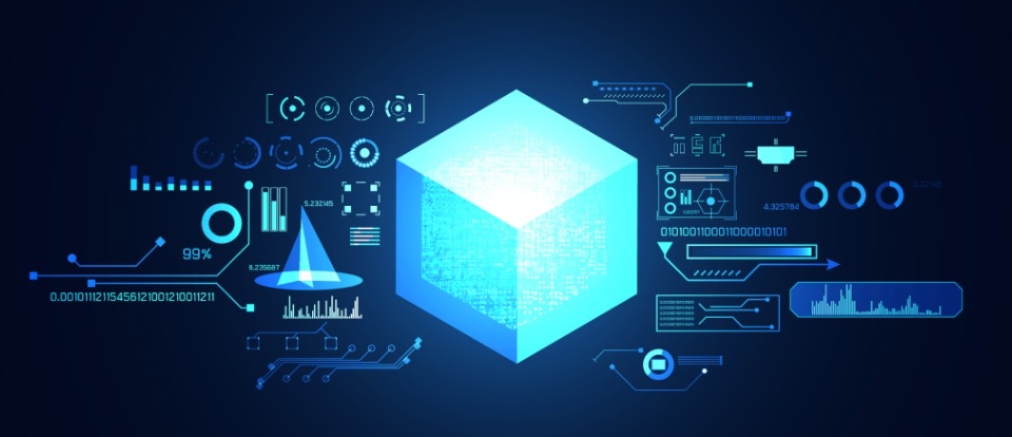 GAME TESTING
GAME TESTING Blockchain Testing for Gaming: A Review

The gaming industry has experienced a transformative shift with the integration of blockchain technology. By enabling decentralized asset ownership, secure transactions, and innovative monetization models, blockchain has opened new horizons for game developers and players alike. However, the implementation of blockchain in gaming comes with its challenges, particularly in ensuring the reliability, scalability, and security of blockchain-based systems. This is where blockchain testing plays a critical role.
Why is Blockchain Testing Crucial for Gaming?
In blockchain-powered gaming, assets like characters, weapons, and in-game currencies are often represented as NFTs (Non-Fungible Tokens) or cryptocurrencies. Any failure in the blockchain system can lead to:
- Loss of assets: Players may lose valuable digital assets.
- Poor user experience: Lag in transactions or gameplay can drive players away.
- Security vulnerabilities: Exploits could allow hackers to steal assets or manipulate game outcomes.
- Smart contract failures: Flaws in smart contracts could result in unintended actions, like asset duplication or untransferable ownership.
Testing ensures the robustness of these systems, providing gamers with a seamless, secure experience.
Key Aspects of Blockchain Testing in Gaming
1. Smart Contract Testing
Smart contracts automate transactions and gameplay mechanics in blockchain-based games. Testing involves:
- Functional testing: Ensuring the contract performs its intended tasks.
- Security testing: Identifying vulnerabilities to prevent exploits.
- Edge case testing: Assessing how the contract behaves in unexpected scenarios.
2. Performance Testing
Performance testing evaluates how well the blockchain handles heavy loads, which is crucial for multiplayer games and high-traffic events:
- Transaction throughput (TPS)
- Latency during peak usage
- Scalability to accommodate player growth
3. Security Testing
Blockchain games must be resilient against attacks:
- Penetration testing: Simulating attacks to find vulnerabilities.
- Audit trails: Verifying the integrity of transaction logs.
- Data encryption: Ensuring private keys and sensitive player data are secure.
4. Interoperability Testing
Many blockchain games interact with multiple blockchains or wallets. Testing ensures:
- Seamless token transfers between networks.
- Compatibility with various wallet providers.
- Integration with external marketplaces for NFT trading.
5. Usability Testing
User experience is critical for player retention:
- Ease of wallet integration: Testing how intuitively users can connect wallets.
- Smooth onboarding: Ensuring new players can quickly understand and use blockchain features.
- Accessibility: Evaluating cross-platform performance (PC, mobile, etc.).
6. Compliance Testing
Blockchain games must adhere to regulatory requirements:
- KYC/AML (Know Your Customer/Anti-Money Laundering) protocols.
- Regional regulations for cryptocurrencies and NFTs.

Tools and Frameworks for Blockchain Testing
1. Smart Contract Testing Tools
- Truffle: A development framework for Ethereum smart contracts, offering testing features.
- Hardhat: A versatile tool for testing Ethereum contracts with detailed debugging capabilities.
- MythX: A security analysis tool for Ethereum smart contracts.
2. Blockchain Testing Tools
- Ganache: A local blockchain for testing Ethereum applications.
- Postman: Useful for testing API endpoints in blockchain gaming applications.
- JMeter: For performance testing blockchain networks.
3. NFT-Specific Tools
- OpenZeppelin: Provides libraries and tools for secure NFT and token development.
- Tatum: A platform for testing NFT minting and marketplace functionalities.
Challenges in Blockchain Testing for Gaming
- Complexity of Distributed Systems: Testing decentralized systems involves multiple nodes, increasing complexity.
- Dynamic Market Conditions: Fluctuating gas fees and blockchain congestion can affect game performance.
- Evolving Standards: Rapid advancements in blockchain technology require testers to stay updated.
- Cross-Platform Integration: Ensuring seamless operation across blockchains, wallets, and devices.
Future of Blockchain Testing in Gaming
As blockchain gaming continues to grow, testing methodologies will evolve to address emerging trends such as:
- Interoperable Metaverses: Games spanning multiple blockchains.
- Decentralized Autonomous Organizations (DAOs): Testing governance mechanics for player-led game decisions.
- Zero-Knowledge Proofs (ZKPs): Ensuring privacy in transactions while maintaining transparency.
Investments in AI-driven testing tools, automated smart contract auditing, and community-based bug bounty programs are likely to shape the future of blockchain testing.
Conclusion
Blockchain technology has the potential to revolutionize gaming, but its success depends on thorough and effective testing. By addressing functional, performance, and security challenges, blockchain testing ensures a reliable and engaging gaming experience. As the industry matures, robust testing frameworks will become indispensable for the sustainable growth of blockchain gaming.